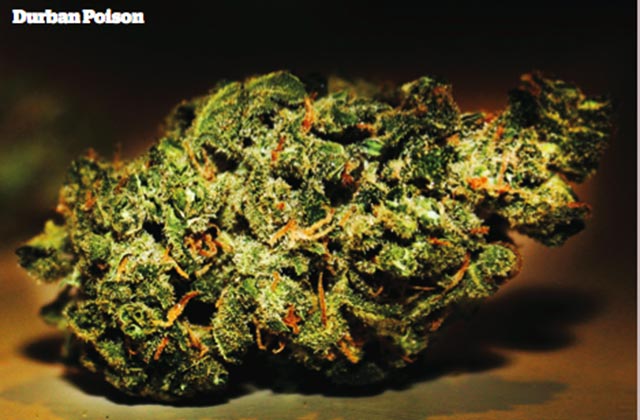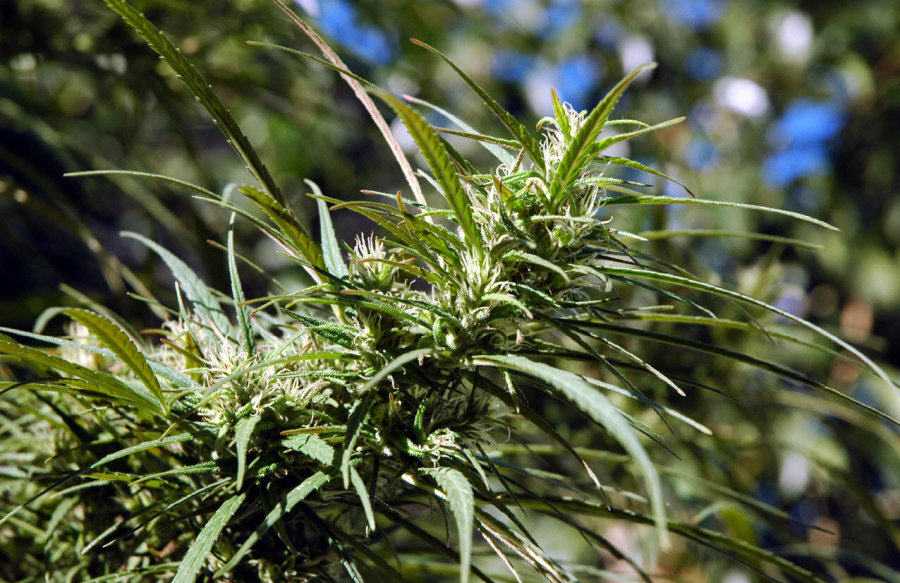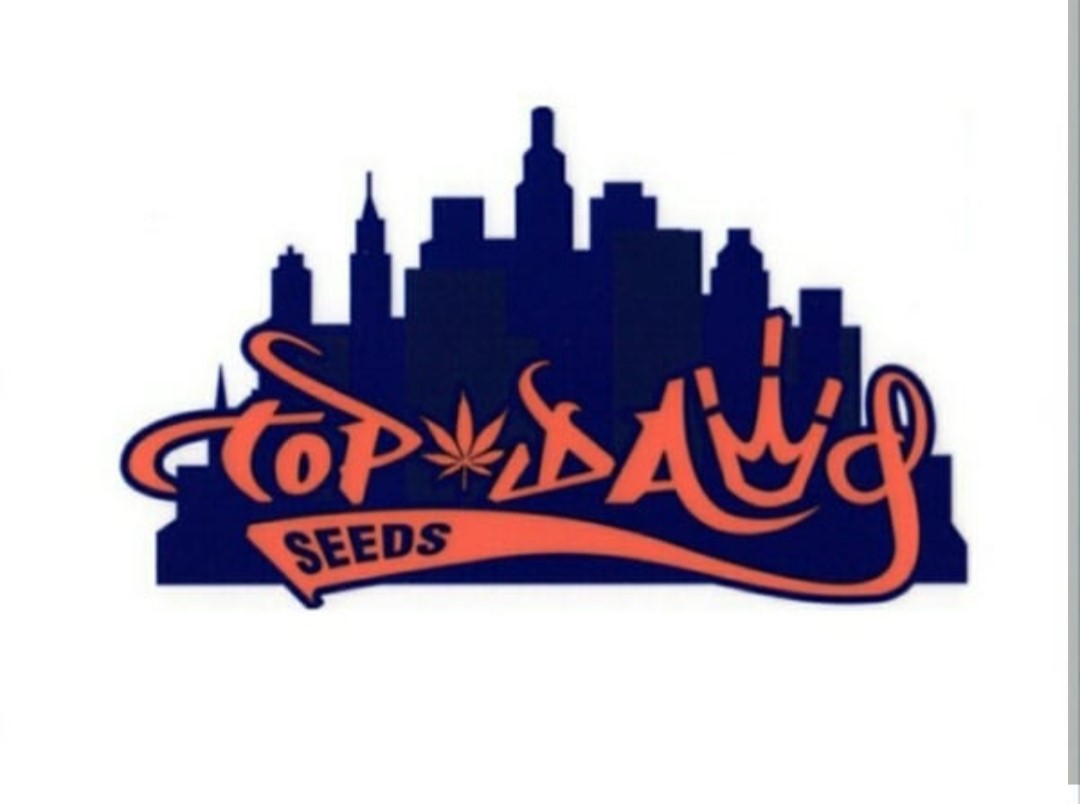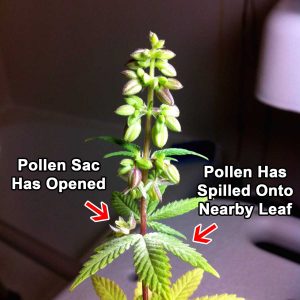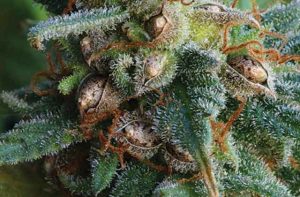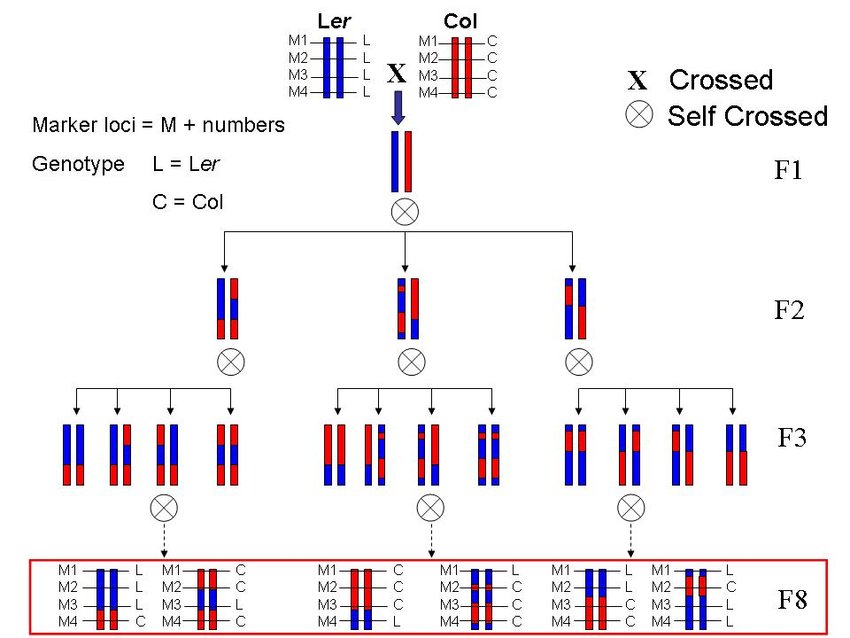acespicoli
Well-known member
I am trying to use AI to help but sadly they have locked down a lot of functionality because it's ''illegal''
Fig 1
Genetic structure of marijuana and hemp.
(a) PCA of 43 hemp and 81 marijuana samples using 14,031 SNPs. Hemp samples are colored green and marijuana samples are colored according to their reported C. sativa ancestry. The proportion of the variance explained by each PC is shown in parentheses along each axis. The two samples labeled with their IDs are discussed in the text. (b) Boxplots showing significantly lower heterozygosity in marijuana than in hemp. (c) Population structure of hemp and marijuana estimated using the fastSTRUCTURE admixture model at K = 2. Each sample is represented by a thin vertical line, which is partitioned into two colored segments that represent the sample’s estimated membership in each of the two inferred clusters. Hemp and marijuana samples are labeled below the plot.
Fig 2
Genetic structure of marijuana.
(a) PCA of 81 marijuana samples using 9,776 SNPs. Samples are colored according to their reported C. sativa ancestry. The proportion of the variance explained by each PC is shown in parentheses along each axis. (b) Population structure of marijuana calculated using the fastSTRUCTURE admixture model at K = 2. Each sample is represented by a horizontal bar, which is partitioned into two colored segments that represent the sample’s estimated membership in each of the two inferred clusters. Adjacent to each bar is the sample’s name and reported % C. sativa ancestry. (c) The correlation between the principal axis of genetic structure (PC1) in marijuana and reported C. sativa ancestry.
Last edited:





 Happy 420
Happy 420 

